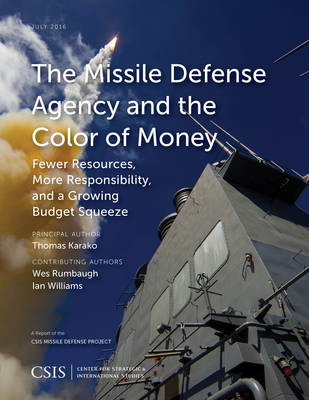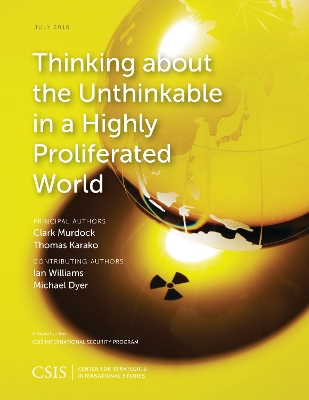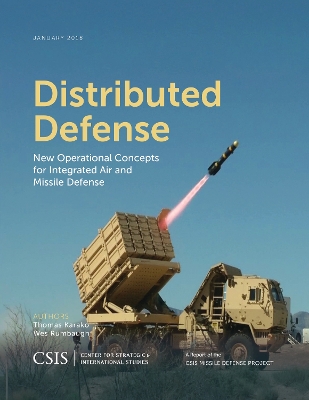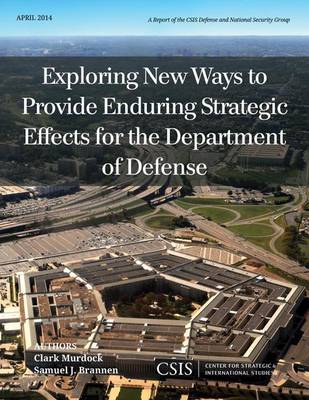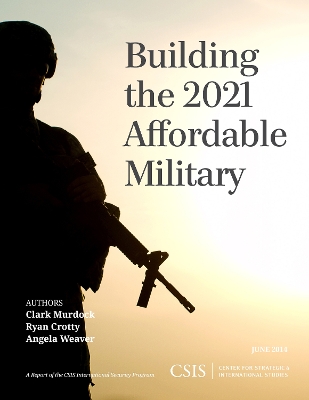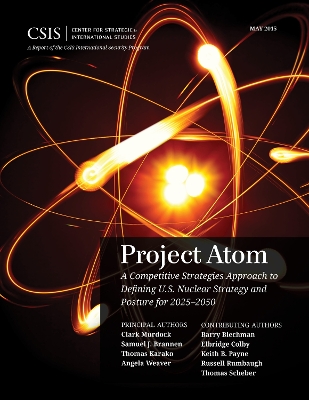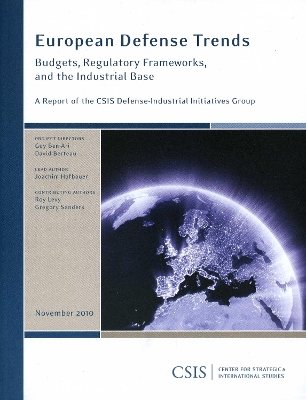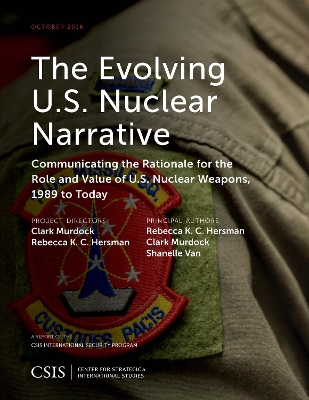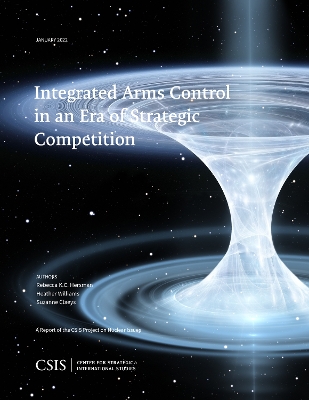CSIS Reports
14 total works
Thinking about the Unthinkable in a Highly Proliferated World
by Clark Murdock and Thomas Karako
Opportunities in Strengthening Trade Assistance
by Scott Miller and Daniel F. Runde
Exploring New Ways to Provide Enduring Strategic Effects for the Department of Defense
by Clark Murdock and Samuel J. Brannen
Building the 2021 Affordable Military
by Clark Murdock, Ryan Crotty, and Angela Weaver
Leveraging Global Value Chains for a Federated Approach to Defense
by David J Berteau, Scott Miller, and Ryan Crotty
Project Atom
by Clark Murdock, Samuel J. Brannen, Thomas Karako, and Angela Weaver
The Evolving U.S. Nuclear Narrative
by Rebecca K.C. Hersman, Clark Murdock, and Shanelle Van
Integrated Arms Control in an Era of Strategic Competition
by Rebecca K.C. Hersman, Heather Williams, and Suzanne Claeys
Can contemporary arms control keep pace with the rapid rate of change in both geopolitics and technology? While the challenges to future arms control point to a rocky road ahead, measures that build confidence, reduce miscalculation, enhance transparency, restrain costly and dangerous military competition, and offer useful mechanisms and...
Read moreCan contemporary arms control keep pace with the rapid rate of change in both geopolitics and technology? While the challenges to future arms control point to a rocky road ahead, measures that build confidence, reduce miscalculation, enhance transparency, restrain costly and dangerous military competition, and offer useful mechanisms and venues for addressing sources of conflict will be of increasing value. For arms control tools to succeed, however, they must be adapted to the current security environment, account for rapidly evolving technological and informational factors, and consider alternative structures, modalities, and participation models. Indeed, now is the time for a recoupling of arms control with deterrence in a way that recognizes these new realities. Now is the time for integrated arms control that enhances stability, embraces plurality, and reinforces resiliency. This CSIS study examines the implication and prospects for the future of arms control in a highly competitive security environment in which challenges from advanced technologies and diminished state control over processes of verification become increasingly prominent features, even as the scope and modalities of arms control grow more complex and multifaceted. The report offers a reexamination of the broad contours of arms control and its role in managing competitive security risks and challenges and the implications for U.S. policymakers, academics, and strategic thinkers engaged in U.S. nuclear policy.
